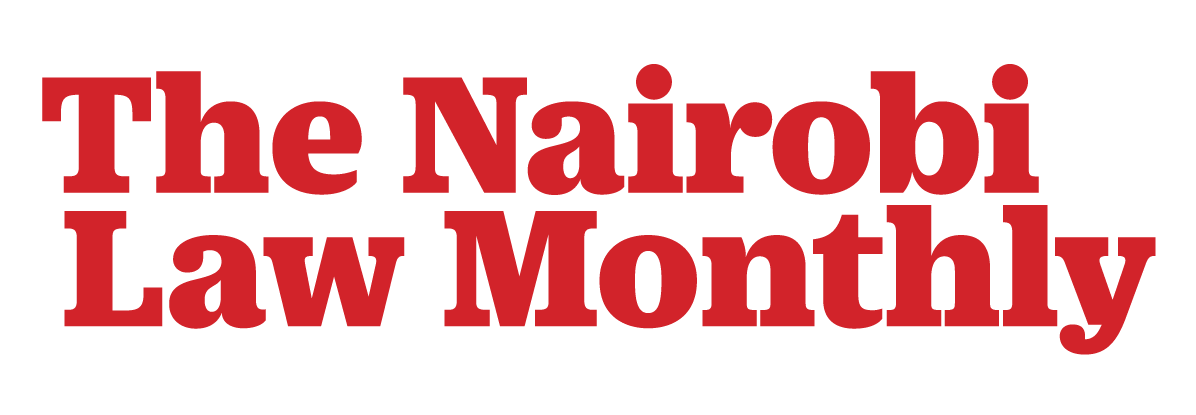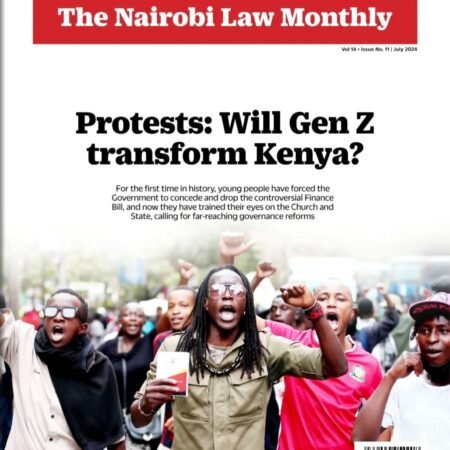Usually, effective critical incident management would be informed by the known nature of such incidents and the known management and contingency plans.
By Peter Mwangi
On February 28, President Uhuru Kenyatta issued Executive Order No. 2 of 2019, establishing the National Emergency Response Committee (NERC) to deal with the threat of COVID-19. Earlier, in January, the World Health Organization (WHO) had declared the viral disease a Public Health Emergency of International Concern.
-
Sale!
Download Nairobi Law Monthly Magazine July 2024 Edition
Downloads Original price was: KShs200.00.KShs100.00Current price is: KShs100.00.
What started as a local public health incident in Wuhan, China, has swiftly transformed into a pandemic, with confirmed cases in over 160 out of 197 world countries. As a public health threat, a pandemic is basically a safety concern, but with spontaneous ripple effects on security as well. There is a thin line between safety and security in preservation of public good, by the national security agencies and private protective safety and security providers.
To the extent that COVID-19 is a viral disease, safety intervention and mitigation response measures, especially as explicitly set out in a recent circular by WHO, primarily fall under the safety cluster; that would explain why NERC, which is chaired by Health CS Mutahi Kagwe is initially focused on containment of the disease as early as possible, to forestall invoking other drastic measures which could necessarily attract a full complement of security measures.
Usually, effective critical incident management would be informed by the known nature of such incidents and the known management and contingency plans. However, in most instances, spontaneous incidents are challenging to plan for effectively, especially if there is either no known previous occurrence to draw understanding from on what to do before, during and after the incident, or no known incidental aftermath to guide contingency measures. In the circumstances, COVID-19 could rightly be placed under such classification of incidents, in its unprecedented escalation in just three months, and wide spread deaths reported in its wake. Little wonder then that the pandemic has sprang a new learning curve, in the management of spontaneous critical incidents, for security players globally, from both safety and security perspectives.
Truth be told, security agencies, even in the most developed countries, were caught unawares by the pandemic, with their standard incident and disaster management protocols found wanting on best management practices, simply because there is no known history to refer. The situation is exacerbated by the highly contagious and quick spread nature of the pandemic that spares no one including first-line responders, mainly comprising security agencies among other key players in public health safety.
Besides, security agencies are generally ill-equipped to handle the pandemic both in terms of tactical response training, and provisioning of special protective equipment and facilities to effectively enforce control measures, or offer requisite infrastructure and logistical support to public health authorities’ initiatives, such as mass quarantine, social distancing in public spaces and, in the extreme, lockdowns.
Even in countries with special task teams for disease/hazard outbreaks based on past experiences on emergencies, security agencies have been on the receiving end as victims; for example, in 2003, more than 300 police officers in Toronto, Canada were quarantined during an outbreak of Severe Acute Respiratory Syndrome (SARS). The consequence of that episode was severe strain on the law enforcement workforce, which saw re-prioritization of critical calls of duty. Indeed, to paraphrase Edward Davis, a former Boston Police Commissioner commenting on impact of the current pandemic, ‘the idea of a pandemic is so extreme and the steps you may have to take so unusual, that you don’t even want to contemplate it’.
The upshot is that security agencies should, to the best extent practicable, be well sensitized on the dynamics of the pandemic, empowered with appropriate operational know-how, and equipped with appropriate protective gear to effectively spearhead safety management efforts. Needless to say, direct consequential threat to security, such as victim attacks, thefts, and property damage, should be anticipated in the pandemic’s hot-spots for early deterrence to avoid disruption to law and order.
Going forward, there must be a deliberate paradigm shift to re-orientate critical incident management thinking in regard to scourges latent in public health sphere. It would be fallacious to assume that security practitioners are all-knowing. Consequently, there is need to marshal all security resources available, including a crucial reserve in retirement, to re-engineer them against the pandemic.
As the country braces itself for a possible worst case scenario in the coming days, the entire security apparatus should be properly resourced and accorded due prominence in the protection and preservation of collective public good which outweighs any cost outlay. Secure security well, to secure us well. (
— Writer is Law Enforcement & Security Management Consultant/Trainer, EDGE Trainers & Consultants.

